| [1] |
MCGREGOR M M and NELSON A B. Circuit mechanisms of Parkinson's disease[J]. Neuron, 2019, 101(6): 1042–1056. doi: 10.1016/j.neuron.2019.03.004
|
| [2] |
KRAUSS J K, LIPSMAN N, AZIZ T, et al. Technology of deep brain stimulation: Current status and future directions[J]. Nature Reviews Neurology, 2021, 17(2): 75–87. doi: 10.1038/s41582-020-00426-z
|
| [3] |
HABETS J G V, HEIJMANS M, KUIJF M L, et al. An update on adaptive deep brain stimulation in Parkinson's disease[J]. Movement Disorders, 2018, 33(12): 1834–1843. doi: 10.1002/mds.115
|
| [4] |
SU Fei, CHEN Min, ZU Linlu, et al. Model-based closed-loop suppression of Parkinsonian beta band oscillations through origin analysis[J]. IEEE Transactions on Neural Systems and Rehabilitation Engineering, 2021, 29: 450–457. doi: 10.1109/TNSRE.2021.3056544
|
| [5] |
TINKHAUSER G, POGOSYAN A, TAN Huiling, et al. Beta burst dynamics in Parkinson's disease OFF and ON dopaminergic medication[J]. Brain, 2017, 140(11): 2968–2981. doi: 10.1093/brain/awx252
|
| [6] |
TINKHAUSER G, POGOSYAN A, LITTLE S, et al. The modulatory effect of adaptive deep brain stimulation on beta bursts in Parkinson's disease[J]. Brain, 2017, 140(4): 1053–1067. doi: 10.1093/brain/awx010
|
| [7] |
STARR P A and OSTREM J L. Commentary on “Adaptive deep brain stimulation in advanced Parkinson disease”[J]. Annals of Neurology, 2013, 74(3): 447–448. doi: 10.1002/ana.23966
|
| [8] |
LITTLE S, BEUDEL M, ZRINZO L, et al. Bilateral adaptive deep brain stimulation is effective in Parkinson's disease[J]. Journal of Neurology, Neurosurgery & Psychiatry, 2016, 87(7): 717–721. doi: 10.1136/jnnp-2015-310972
|
| [9] |
LITTLE S, TRIPOLITI E, BEUDEL M, et al. Adaptive deep brain stimulation for Parkinson's disease demonstrates reduced speech side effects compared to conventional stimulation in the acute setting[J]. Journal of Neurology, Neurosurgery & Psychiatry, 2016, 87(12): 1388–1389. doi: 10.1136/jnnp-2016-313518
|
| [10] |
TERMAN D, RUBIN J E, YEW A C, et al. Activity patterns in a model for the subthalamopallidal network of the Basal Ganglia[J]. Journal of Neuroscience, 2002, 22(7): 2963–2976. doi: 10.1523/JNEUROSCI.22-07-02963.2002
|
| [11] |
RUBIN J E and TERMAN D. High frequency stimulation of the subthalamic nucleus eliminates pathological thalamic rhythmicity in a computational model[J]. Journal of Computational Neuroscience, 2004, 16(3): 211–235. doi: 10.1023/B:JCNS.0000025686.47117.67
|
| [12] |
LU Meili, WEI Xile, and LOPARO K A. Investigating synchronous oscillation and deep brain stimulation treatment in a model of cortico-basal ganglia network[J]. IEEE Transactions on Neural Systems and Rehabilitation Engineering, 2017, 25(11): 1950–1958. doi: 10.1109/TNSRE.2017.2707100
|
| [13] |
KUMARAVELU K, BROCKER D T, and GRILL W M. A biophysical model of the cortex-basal ganglia-thalamus network in the 6-OHDA lesioned rat model of Parkinson's disease[J]. Journal of Computational Neuroscience, 2016, 40(2): 207–229. doi: 10.1007/s10827-016-0593-9
|
| [14] |
GORZELIC P, SCHIFF S J, and SINHA A. Model-based rational feedback controller design for closed-loop deep brain stimulation of Parkinson's disease[J]. Journal of Neural Engineering, 2013, 10(2): 026016. doi: 10.1088/1741-2560/10/2/026016
|
| [15] |
GAO Qitong, NAUMANN M, JOVANOV I, et al. Model-based design of closed loop deep brain stimulation controller using reinforcement learning[C]. The ACM/IEEE 11th International Conference on Cyber-Physical Systems (ICCPS), Sydney, Australia, 2020: 108–118.
|
| [16] |
LIU Chen, WANG Jiang, DENG Bin, et al. Closed-loop control of tremor-predominant Parkinsonian state based on parameter estimation[J]. IEEE Transactions on Neural Systems and Rehabilitation Engineering, 2016, 24(10): 1109–1121. doi: 10.1109/TNSRE.2016.2535358
|
| [17] |
LIU Chen, ZHAO Ge, WANG Jiang, et al. Neural network-based closed-loop deep brain stimulation for modulation of pathological oscillation in Parkinson's disease[J]. IEEE Access, 2020, 8: 161067–161079. doi: 10.1109/ACCESS.2020.3020429
|
| [18] |
LIU Chen, ZHAO Ge, WANG Jiang, et al. Delayed feedback-based suppression of pathological oscillations in a neural mass model[J]. IEEE Transactions on Cybernetics, 2019, 51(10): 5046–5056. doi: 10.1109/TCYB.2019.2923317
|
| [19] |
ZAVALA B, BRITTAIN J S, JENKINSON N, et al. Subthalamic nucleus local field potential activity during the Eriksen flanker task reveals a novel role for theta phase during conflict monitoring[J]. Journal of Neuroscience, 2013, 33(37): 14758–14766. doi: 10.1523/jneurosci.1036-13.2013
|
| [20] |
CAGNAN H, DUFF E P, and BROWN P. The relative phases of basal ganglia activities dynamically shape effective connectivity in Parkinson's disease[J]. Brain, 2015, 138(6): 1667–1678. doi: 10.1093/brain/awv093
|
| [21] |
JENKINSON N and BROWN P. New insights into the relationship between dopamine, beta oscillations and motor function[J]. Trends in Neurosciences, 2011, 34(12): 611–618. doi: 10.1016/j.tins.2011.09.003
|
| [22] |
BOUTHOUR W, MÉGEVAND P, DONOGHUE J, et al. Biomarkers for closed-loop deep brain stimulation in Parkinson disease and beyond[J]. Nature Reviews Neurology, 2019, 15(6): 363. doi: 10.1038/s41582-019-0189-x
|
| [23] |
SUN Qifeng, ZHAO Dechun, CHENG Shanshan, et al. A feature extraction method for adaptive DBS using an improved EMD[J]. International Journal of Neuroscience, 2018, 128(10): 975–986. doi: 10.1080/00207454.2018.1450253
|
| [24] |
DANESHZAND M, FAEZIPOUR M, and BARKANA B D. Robust desynchronization of Parkinson's disease pathological oscillations by frequency modulation of delayed feedback deep brain stimulation[J]. PLoS One, 2018, 13(11): e0207761. doi: 10.1371/journal.pone.0207761
|
| [25] |
LATTERI A, ARENA P, and MAZZONE P. Characterizing Deep Brain Stimulation effects in computationally efficient neural network models[J]. Nonlinear Biomedical Physics, 2011, 5(1): 2. doi: 10.1186/1753-4631-5-2
|
| [26] |
FAN Denggui, WANG Zhihui, and WANG Qingyun. Optimal control of directional deep brain stimulation in the parkinsonian neuronal network[J]. Communications in Nonlinear Science and Numerical Simulation, 2016, 36: 219–237. doi: 10.1016/j.cnsns.2015.12.005
|
| [27] |
PRIORI A, FOFFANI G, ROSSI L, et al. Adaptive deep brain stimulation (aDBS) controlled by local field potential oscillations[J]. Experimental Neurology, 2013, 245: 77–86. doi: 10.1016/j.expneurol.2012.09.013
|





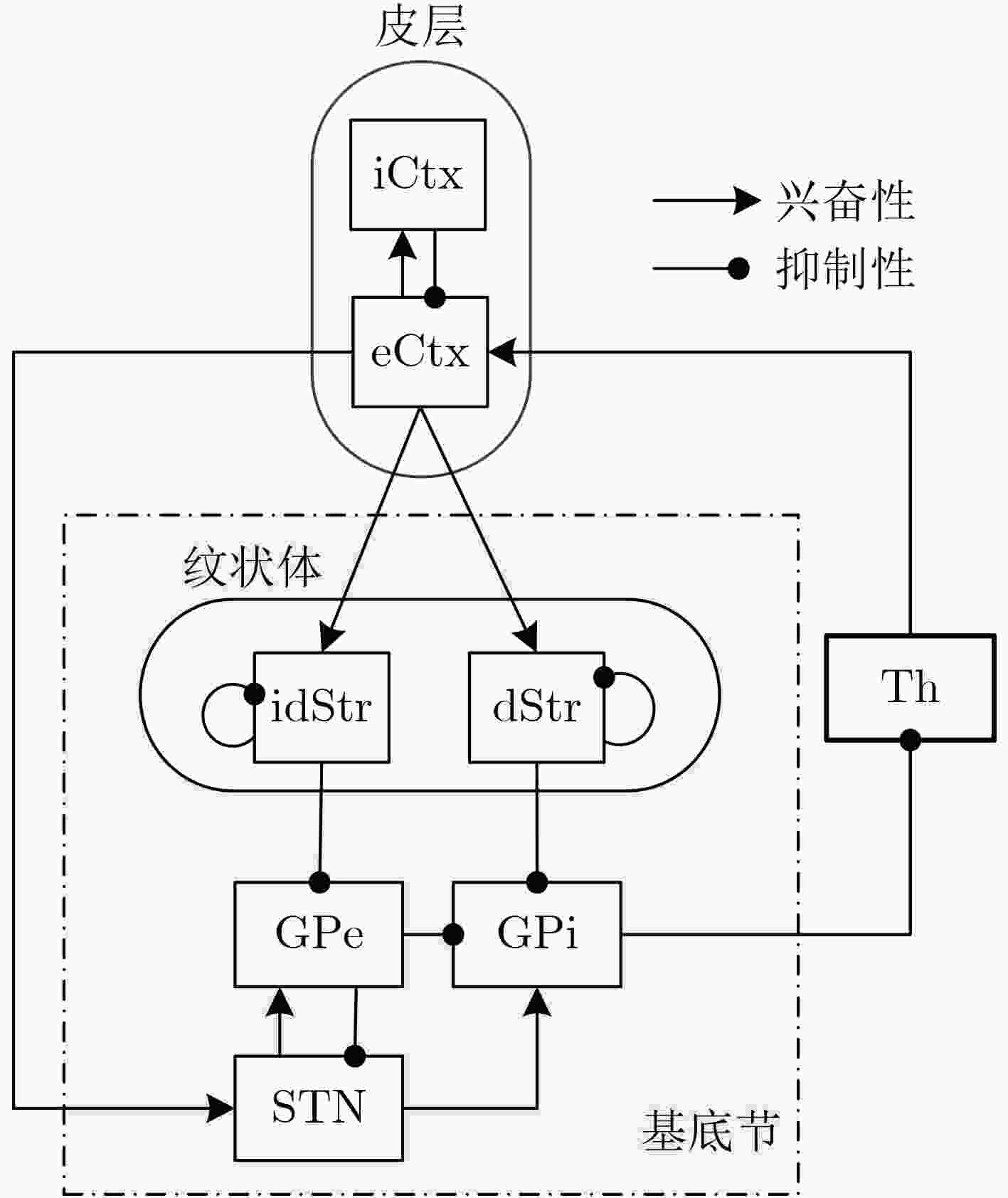
 下载:
下载:
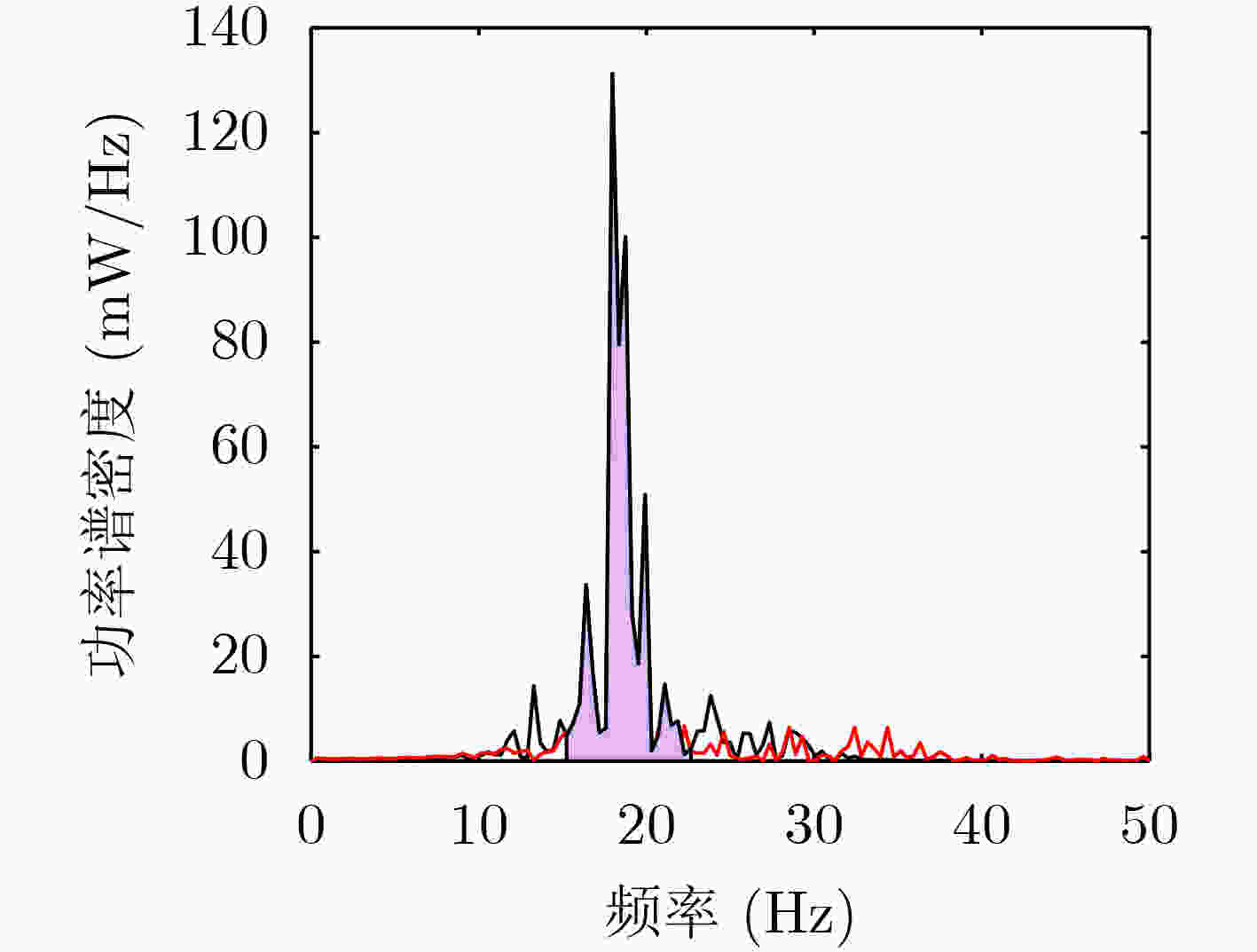
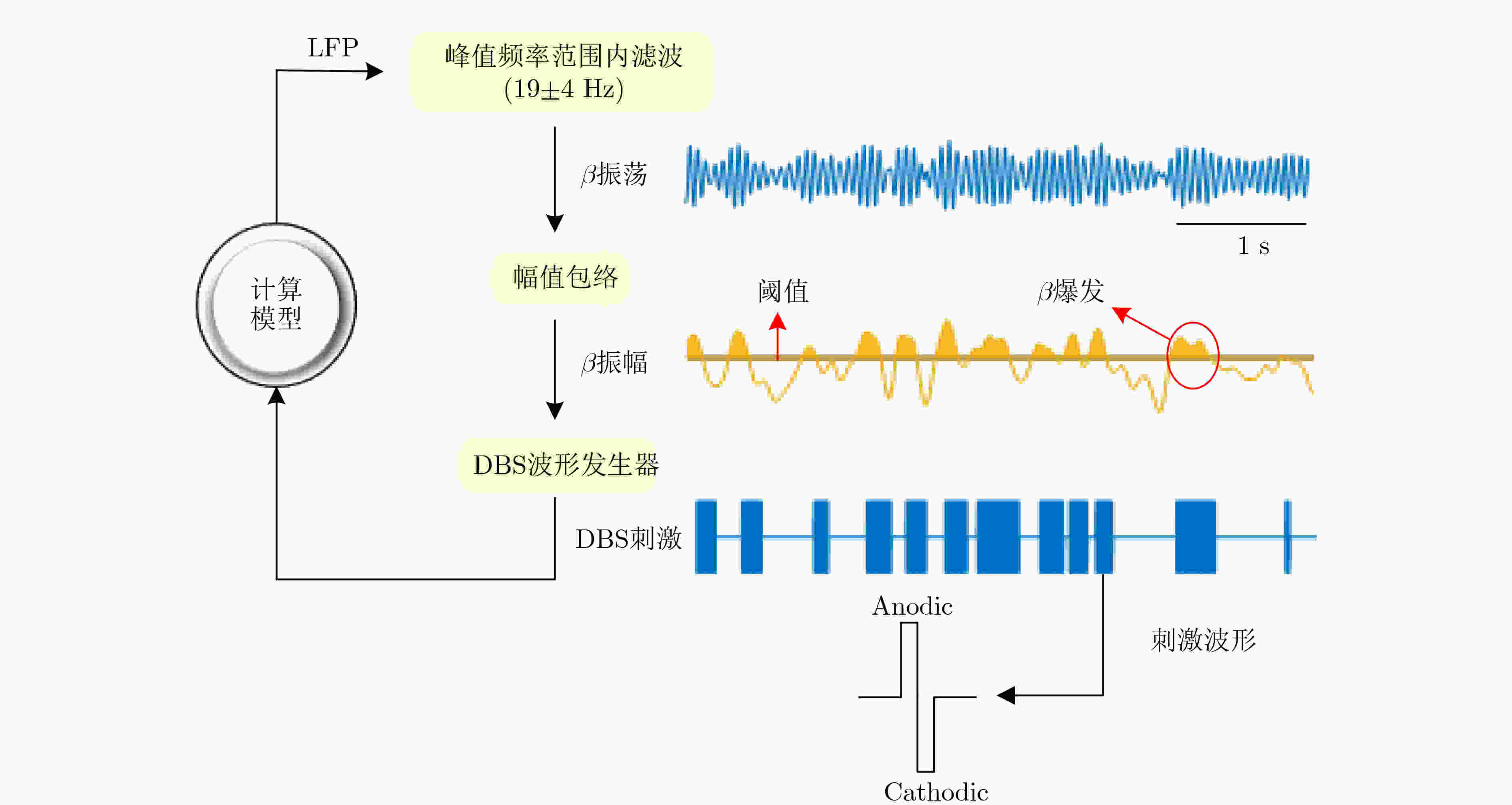
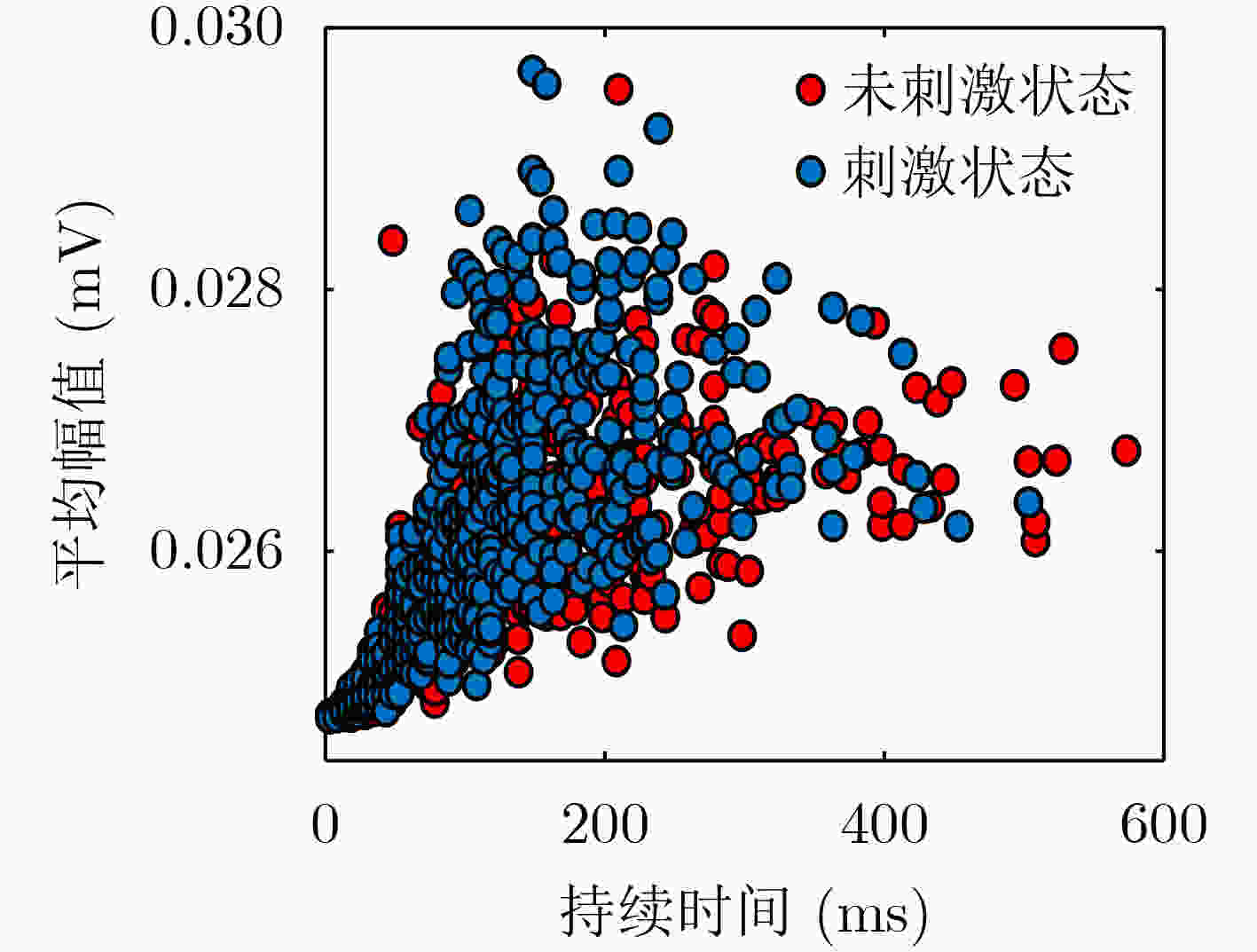
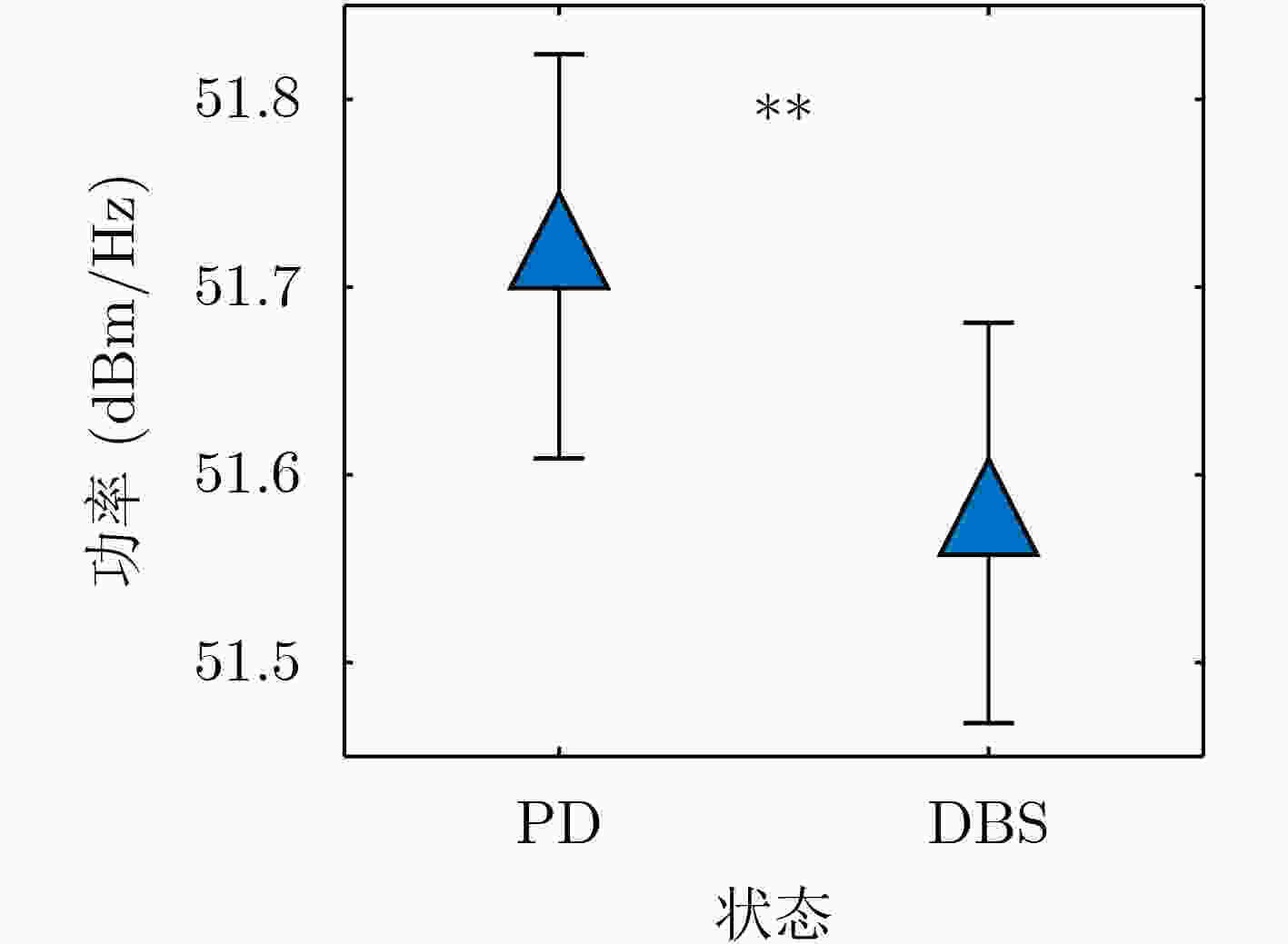
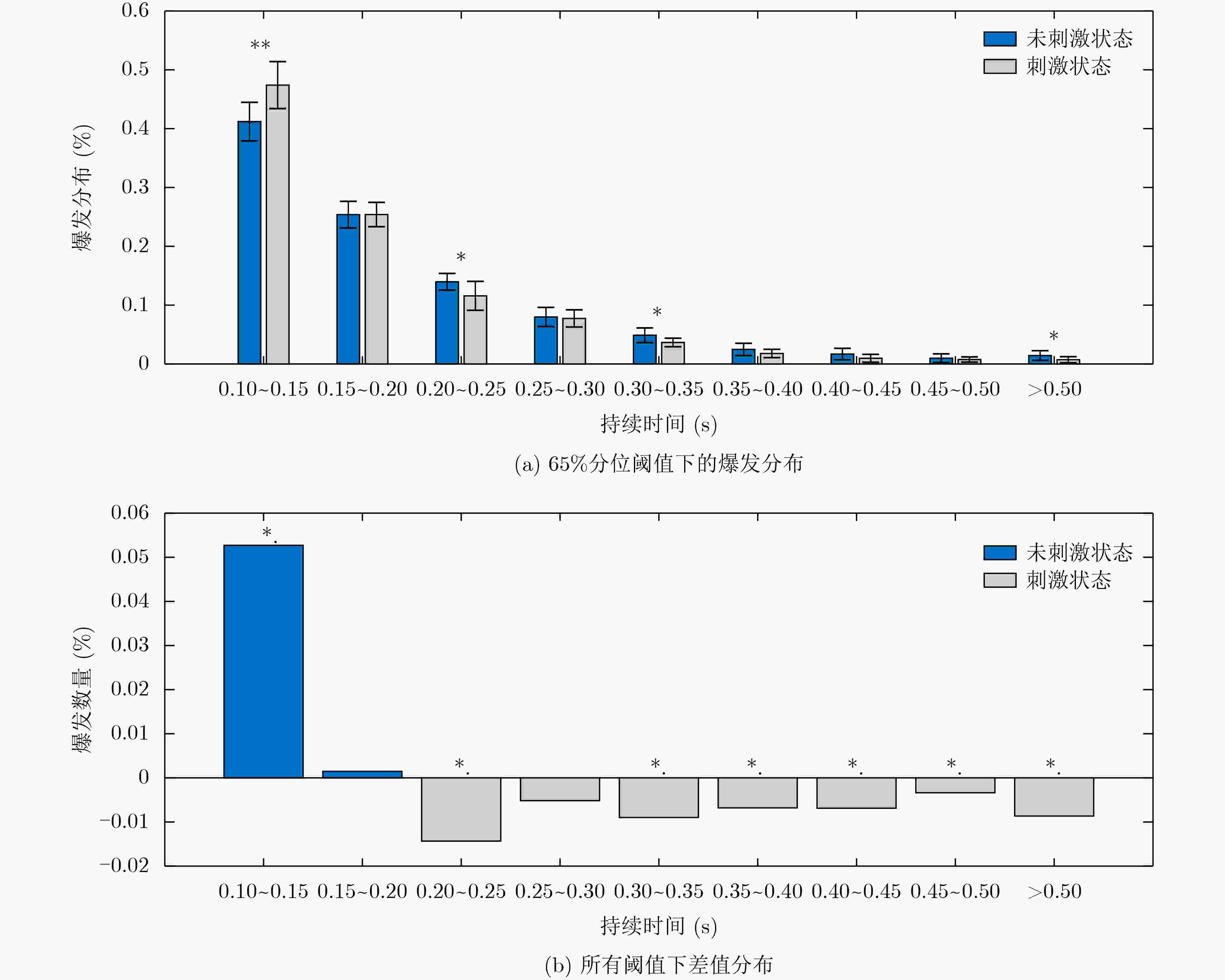
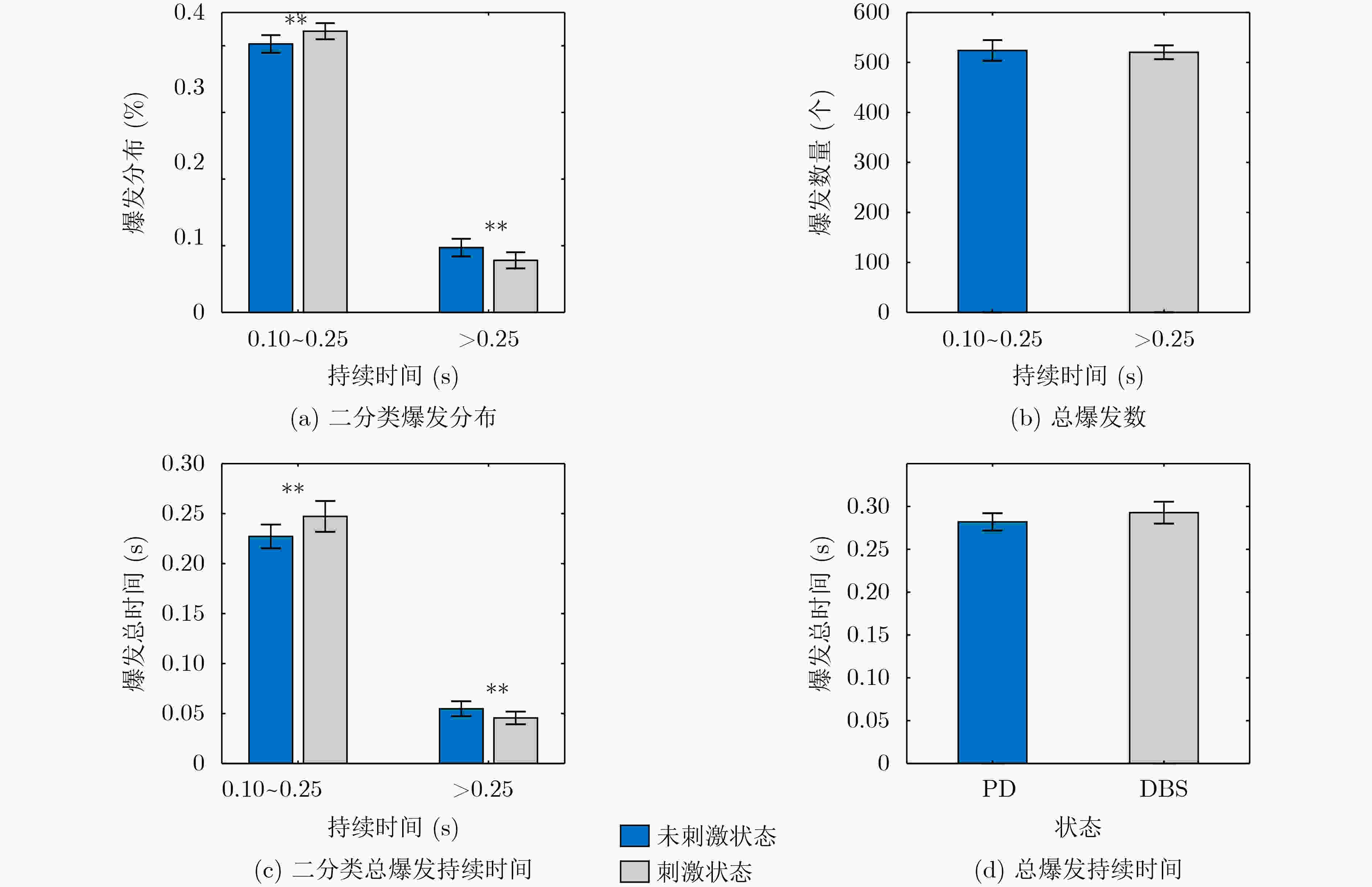
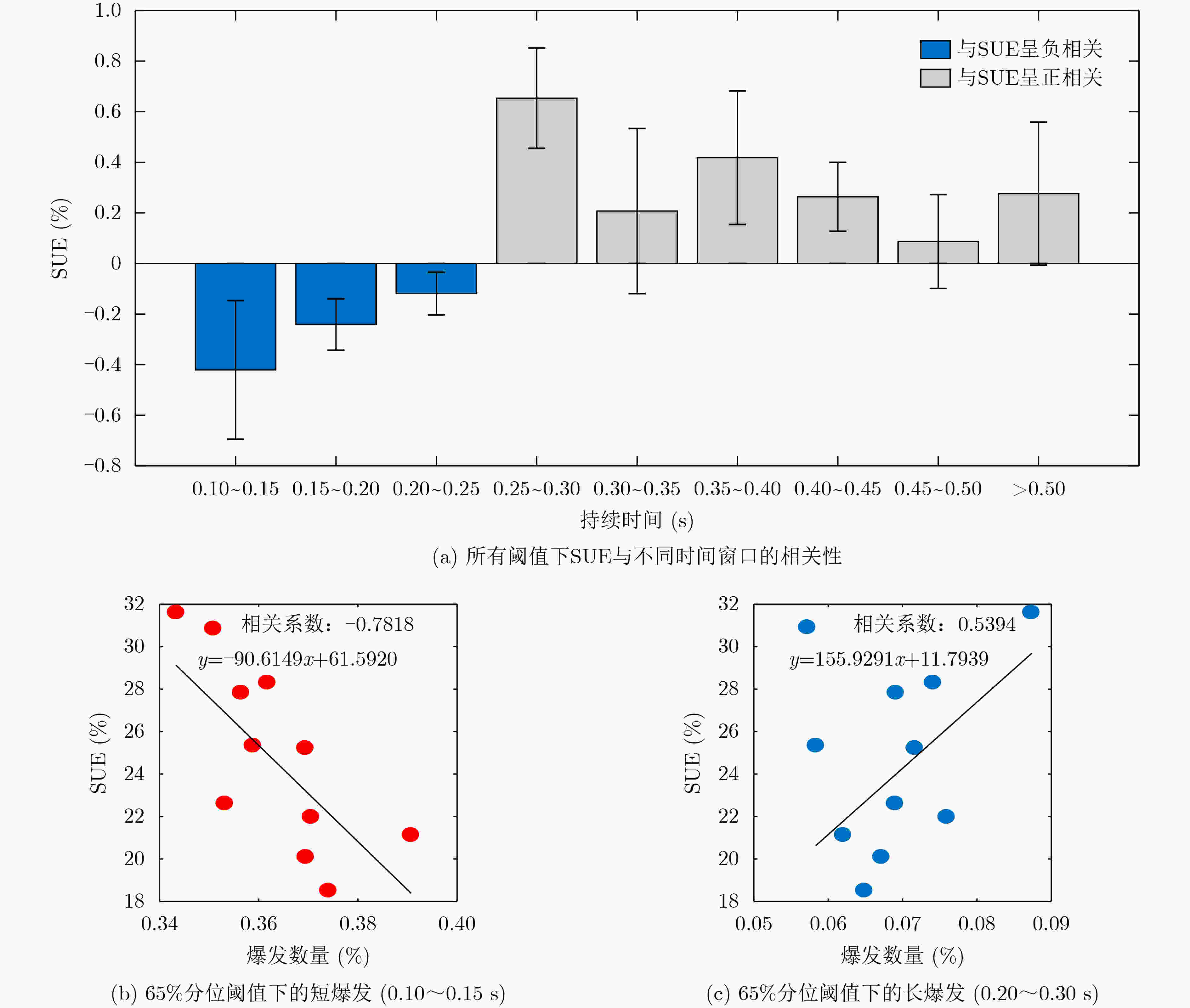
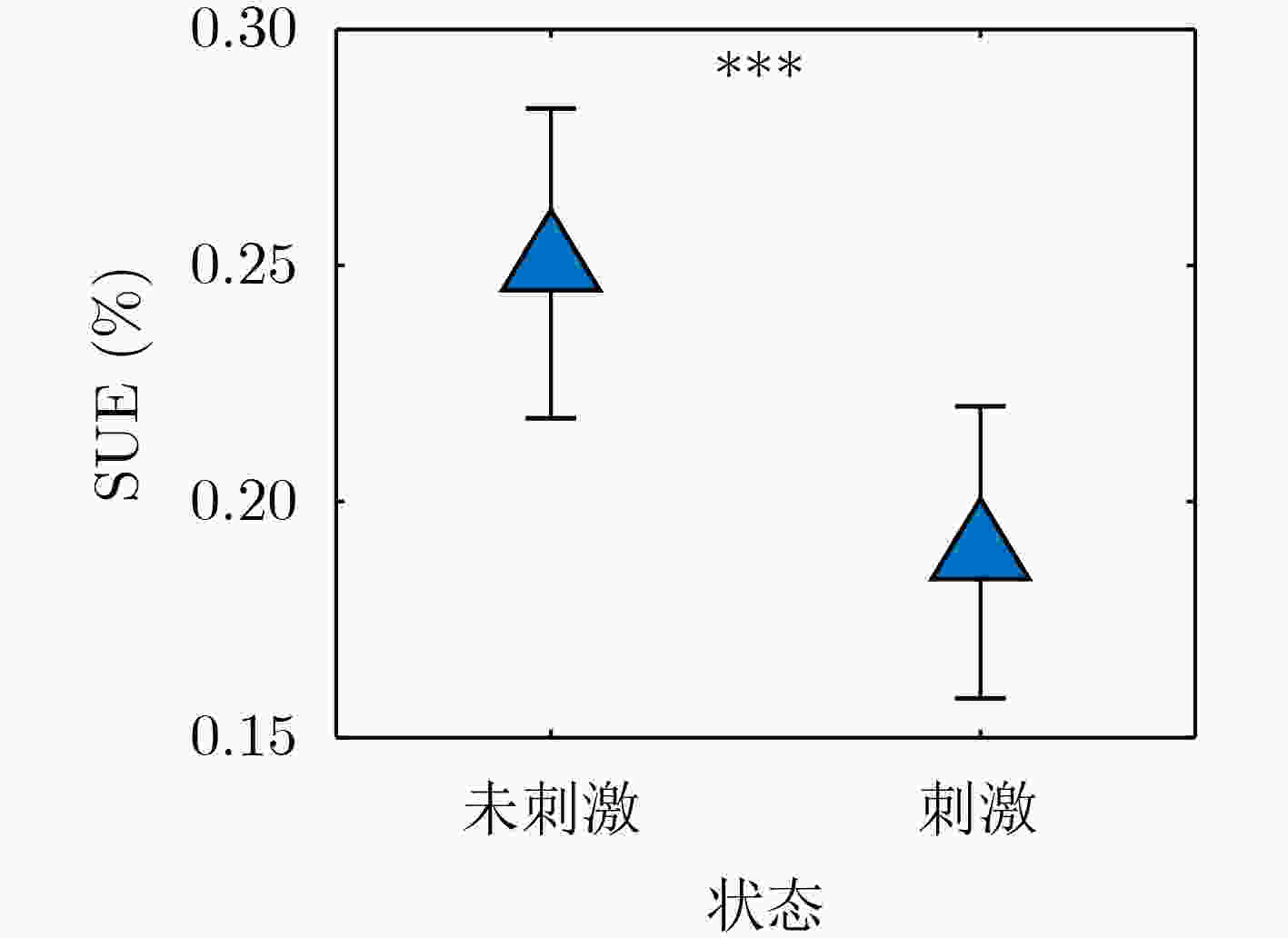


 下载:
下载:
